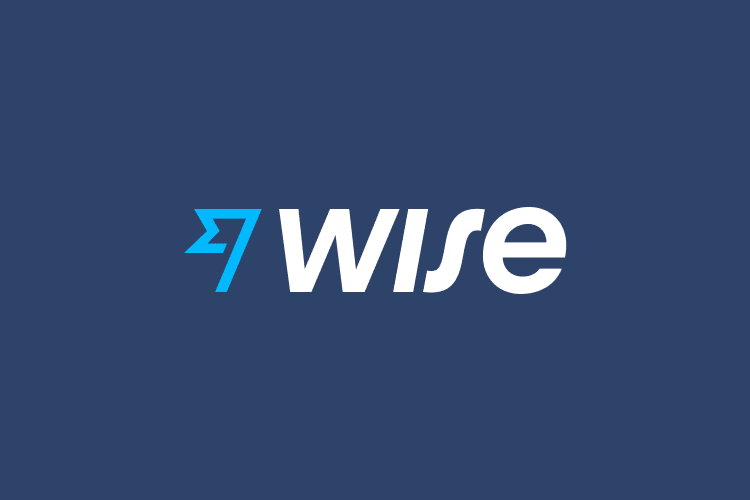
Why do positive corporate cultures matter in FinTech?
Curated by: Sergio A. Martínez
No doubt that the FinTech space is becoming one of the most exciting industries in the software sector thanks to their innovative approaches to banking, lending, investments, and other financial services. In the recent past, banking, and financial services were slow and inflexible, but thanks to emerging technologies like blockchain and AI, FinTech is changing how we interact with money in a more convenient, fast, and secure way.

Whether it be making payments by using facial recognition or a tap of your finger, or quickly accessing loans virtually while avoiding the painstaking process of paperwork, FinTech solutions are ensuring more transparency in financial management as well as much-needed security measures to protect our valuable data. All these advances have created more opportunities for everyone to access faster and more efficient ways of managing their finances with confidence.
So, although FinTech has become a household name in the past several years, the reason behind its success isn’t so mysterious: it provides solutions and tools that are much more accessible and convenient than traditional financial services. The lower costs, quicker turnaround times, and focus on user experience make Fintech an appealing option for both individuals and businesses alike. When taking into consideration the increasing numbers of mobile users and the rise of cloud computing technology, it’s easy to see why Fintech is on such a meteoric climb.
However, the secret to achieving true success in this competitive space is an entirely different matter. A strong corporate culture is essential, focused on employee engagement, collaboration, and loyalty, fostering innovation, and encouraging communication between teams; without open lines of communication and an ethos of continuous improvement, it can be difficult for a FinTech company to keep up with ever-changing technology and customer expectations. Additionally, having a strong corporate culture helps to attract top talent and inspire loyalty from existing employees. So, by creating an organization that values integrity, transparency, and creativity, any fintech company will have the resources needed to succeed.
Success comes from everyone

While a lot of focus goes toward the innovation behind the process, one important factor that should not be overlooked is how these organizations are run. Fintech companies that have experienced success understand the importance of having a positive corporate culture at the center of their operations. This approach helps increase morale among employees and drives them to become even more efficient and productive while also thinking creatively and innovatively. They offer great flexibility and freedom when it comes to working styles and encourage collaboration throughout teams, allowing ideas to take form quickly.
In other words, as technology continues to advance, more and more organizations are utilizing Fintech to provide innovative services, a strong corporate culture creates comfort in knowing where you stand within an organization, improving communication between teams and ensuring everyone is focused on things that matter most: meeting customer needs successfully with quality services.
“For a Fintech organization to reach success, a positive corporate culture must be present”, says Rod Aburto, Partner and Service Delivery Manager at Scio. “A positive corporate culture is essential because it further develops strong team performance and encourages an environment of trust and integrity that sustainably builds the reputation of the organization. An experienced executive team can help cultivate such an atmosphere by recognizing employee achievements, involving employees in decision-making, and ensuring expectations are met without overworking employees.”
Similarly, positively influencing employee support systems ensures loyalty from employees which can then be translated into customer loyalty. Ultimately, all these qualities are needed for any FinTech organization to have long-lasting success within its domain. And with that in mind, we want to take a look into a company that effectively uses a strong corporate culture to bring innovation in a very complex area of finance that has become more democratized day by day.
Investing with M1

The Key Takeaways
- FinTech is becoming more important every day, and the success of this space relies on an element that Scio knows very well.
- Among the companies that put an employee-first mindset, M1, an investment superapp that effectively democratizes this area of finance, deserves highlighting.
- That’s because efforts like workplace flexibility and offering employee enrichment helps the innovation that FinTech needs so much, by attracting top talent and bringing the innovation that only can come from diversity.
Scio is a Nearshore software development company based in Mexico where we believe that everyone deserves everyone should have the opportunity to work in an environment where they feel like a part of something. A place to excel and unlock their full potential which is the best approach to create a better world. We have been collaborating with US-based clients since 2003, solving challenging programming puzzles, and in the process showcasing the skills of Latin American Engineers. Want to be part of Scio? Get in contact today!. Get in contact today!


















